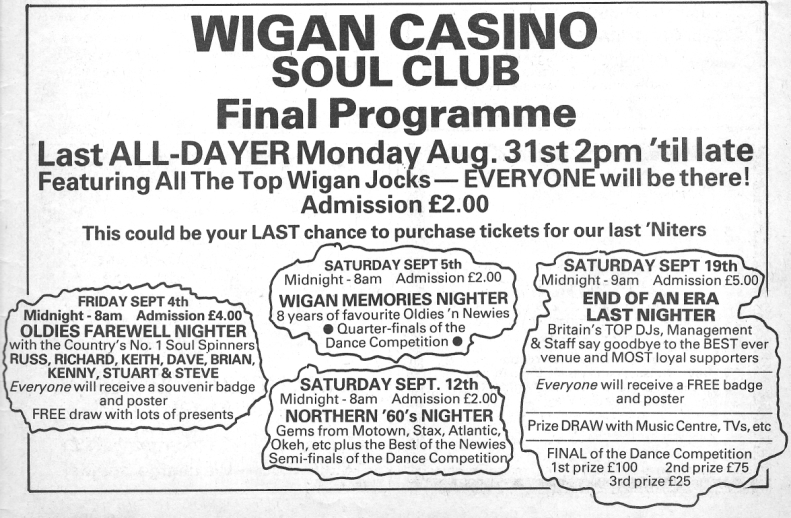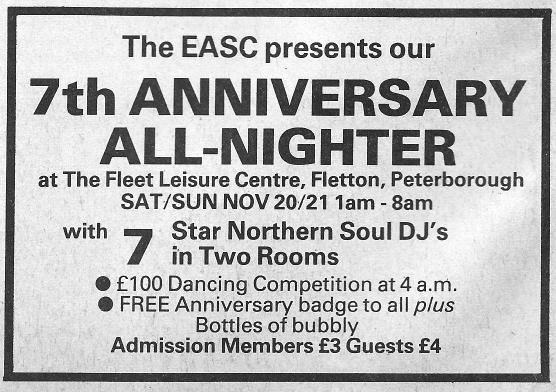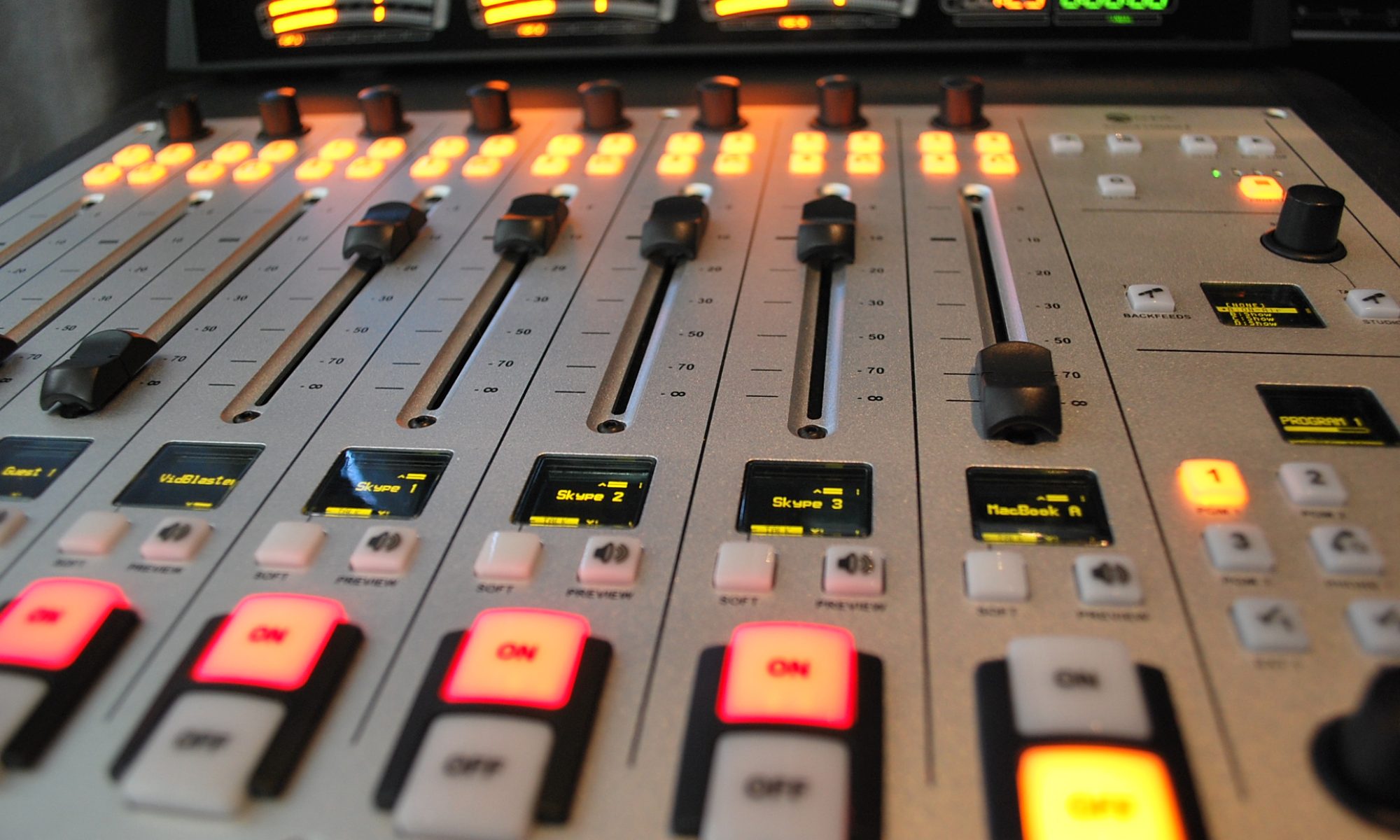Northern Soul – the most elusive and little understood of cult music scenes. The Northern scene is one that through the years has remained truly ‘underground’, it’s evolvement having required absolutely no contribution from the British music business.

Imagine a raw sounding variant of Tamla Motown music, speed it up slightly, and then play it at a number of obscure venues in the midlands and north of England, and there you have it. Northern Soul is basically 60’s (and some 70’s) soul music, released on thousands of small independent US record labels which tried to emulate the highly successful Motown sound in the mid-1960’s. These would usually have gained a very localised exposure in urban areas such as Detroit, Chicago, and Philadelphia, and in most of cases limited to just a few hundred copies.
The interesting thing about this format is that any decent Northern track would not have been originally termed as such – it’s a definition which came about following the growth of the craze for this type of music in England.
There are a few different suggestions as to the origin of the name Northern Soul – some say that it’s a geographical term (ie. the northern cities of the US – Detroit, Chicago, Cleveland, etc), but the more believable explanation comes from around the early 1970’s, when two distinct scenes were growing – the heavy, clucking, bassier, up-to-the-minute funk sounds favoured at clubs in London and the south, and the more thumping, vocal-based, orchestrated sounds recorded in the 1960’s that were still turning up and making it to the turntables of clubs in the Midlands and North.

Soul guru and London record shop owner Dave Godin actually first coined the phrase ‘Northern Soul’ sometime around 1968. He noticed that customers visiting on a Saturday, who were obviously down from Wolverhampton or Leeds (etc) to watch their football team play at Spurs or Arsenal (etc) tended to favour the older style of soul productions, whereas the more local punters tended to favour the newer funkier stuff.
The original Northern club was The Twisted Wheel in Manchester, which started operating in 1963, followed by The Torch in Stoke, which came to the fore during 1972-73. The most famous of them all, the Wigan Casino, hosted Northern all nighters every weekend from 1973 until 1981.
The magical essence of Northern Soul was the fact that it was never heard on the radio, or even at your local high street disco. In order to hear this music one would have to travel to an all nighter, and people would regularly travel from as far away as the west country or Scotland. On a good weekend, one might visit an all-nighter on both Friday and Saturday nights, followed by an all-dayer on the Sunday.

The beauty of traveling to an all nighter was the fact that there none of the usual problems associated with a usual night out – ie. trying to get home at 2am. None of the usual rigorous dress codes applied, either, although there was a definite style of dress which was suited to eight hours of dancing – flat soled shoes, loose trousers and baggy shirts.
Here are some typical examples of tracks played on the Northern scene, and one’s which I regard as personal favourites:
These tracks (and countless others) exemplify the uptempo feel that has made Northern Soul so enduring. There are literally thousands of recordings made in this vein, and previously undiscovered tracks still occasionally emerge from sources in the US. It is probably impossible to identify a true all-time best track, as the sound and style is so similar on many of them, although any true ‘soulie’ will be able to run off a list of favourites at the drop of a hat.

On a good night, the style of dancing on the Northern Soul scene has to be seen to be believed. The pace of the music is up-tempo, so the dance moves that go with it incorporate lots of spins, twists, and sliding (this is aided by the use of talcum powder sprinkled on the floor).
Ever since the glory years of the 1970’s, the Northern Soul all-nighter scene has been home to a unique collective of musical fanatics. Even when I started getting involved in the early 1980’s one could travel to The 100 Club in London, Top Of The World in Stafford, and then The Fleet in Peterborough on different weekends, and see the same familiar faces. You couldn’t normally buy alcohol at these events – soft drinks such as Lucozade were usually most in demand, especially after four hours building up a sweat.

The atmosphere to be found at the clubs on the Northern Soul scene is still as electric as at any of the venues during the peak years of the 1970’s, and alot of the old ‘faces’ and DJ’s are now as active as they ever were.
The true basis of Northern soul has always been ’60s recordings on obscure US labels. One has always been able to buy these at all-nighters from various record vendors and collectors (sometimes for silly prices, based on rarity rather than quality) or via mail order specialists.
In the heyday of Northern Soul in the mid-70’s there were suggestions that many tracks were played purely for their ‘100mph’ uptempo beat (to satisfy the amphetamine-fuelled dancefloor). Some of these were basically white pop records, and their soulful quality was often considered quite debatable.

